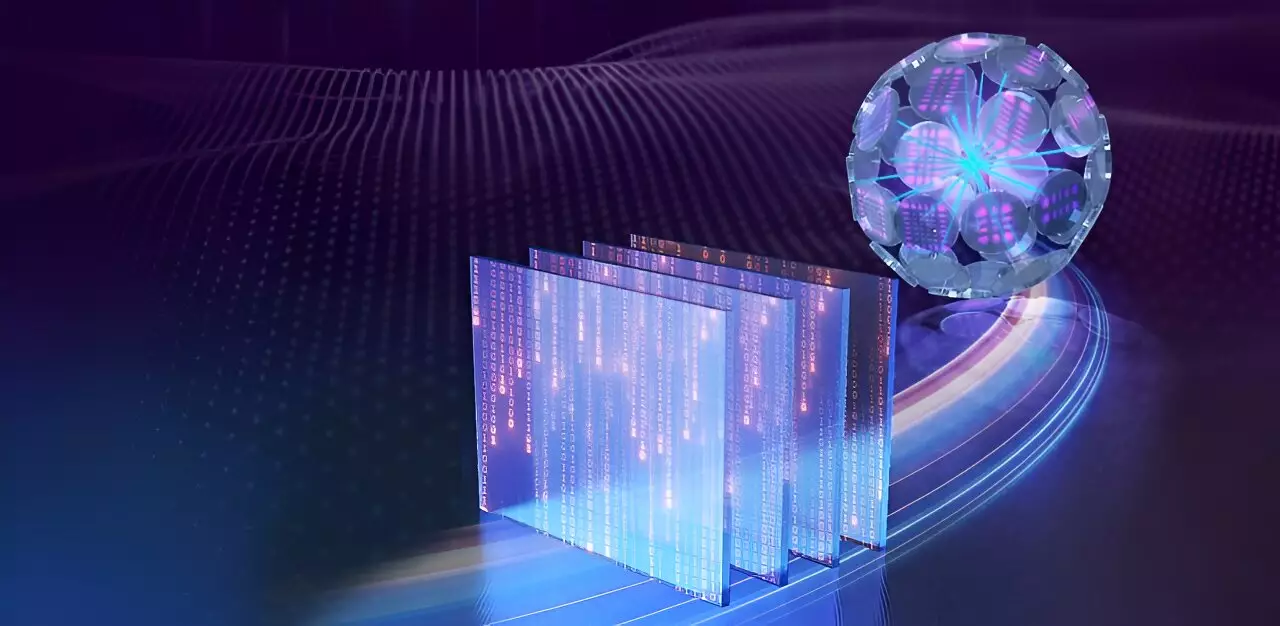Light technology has played a crucial role in driving various cutting-edge innovations across multiple industries. However, transmitting light through complex environments has always presented challenges, leading to distortions and disruptions in the light field. Overcoming these limitations has been the focus of many researchers aiming to advance practical applications in fields such as optical communications and imaging techniques. A recent breakthrough by researchers at Soochow University sheds light on a new approach to understanding and managing light behavior in fluctuating media.
In their study, the research team at Soochow University introduced coherence entropy as a novel concept to address the challenges associated with light propagation through complex and deformed optical systems. Coherence entropy serves as a reliable metric for characterizing the statistical property of light coherence, offering a global perspective on how light fields respond to random fluctuations. By applying orthogonal modal decomposition to partially coherent beams, the researchers were able to demonstrate the stability of coherence entropy even in non-ideal conditions.
The study conducted by the Soochow University team highlighted the practical utility of coherence entropy in evaluating light field performance in challenging environments. By analyzing partially coherent beams moving through deformed optical systems and turbulent media, the researchers found that coherence entropy remained a consistent and dependable measure. This consistency suggests that coherence entropy could serve as a robust indicator of light behavior, allowing for better prediction and control of light propagation through complex environments.
Implications for Light Technology
The implications of this research are vast and promising for a wide range of applications. Coherence entropy has the potential to enhance optical communication systems operating in turbulent atmospheres and improve imaging technologies reliant on light fields traveling through distorted media. By offering a more reliable means of assessing and managing light fields in adverse conditions, coherence entropy opens up new possibilities for customizing light fields to optimize their performance in real-world scenarios, ultimately advancing the field of light technology.
With the introduction of coherence entropy as a global coherence characteristic, researchers and engineers now have a valuable tool for improving the performance of light fields in challenging environments. The work by the Soochow University team represents a significant leap forward in understanding light behavior and has the potential to revolutionize various scientific and practical domains reliant on light technology. By harnessing the power of coherence entropy, the future of light technology appears brighter and more promising than ever before.


Leave a Reply
You must be logged in to post a comment.